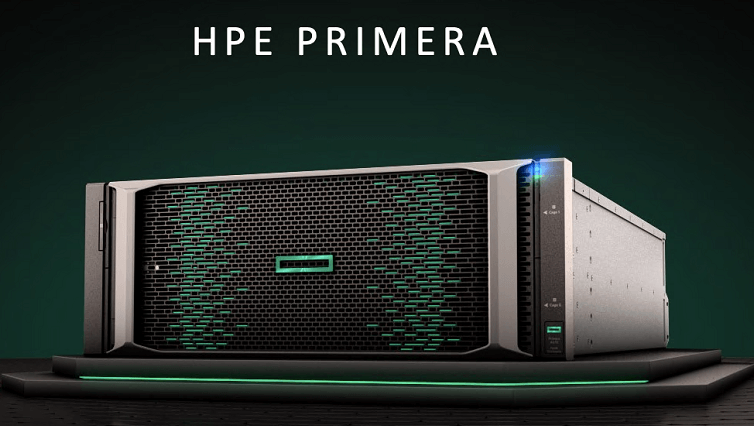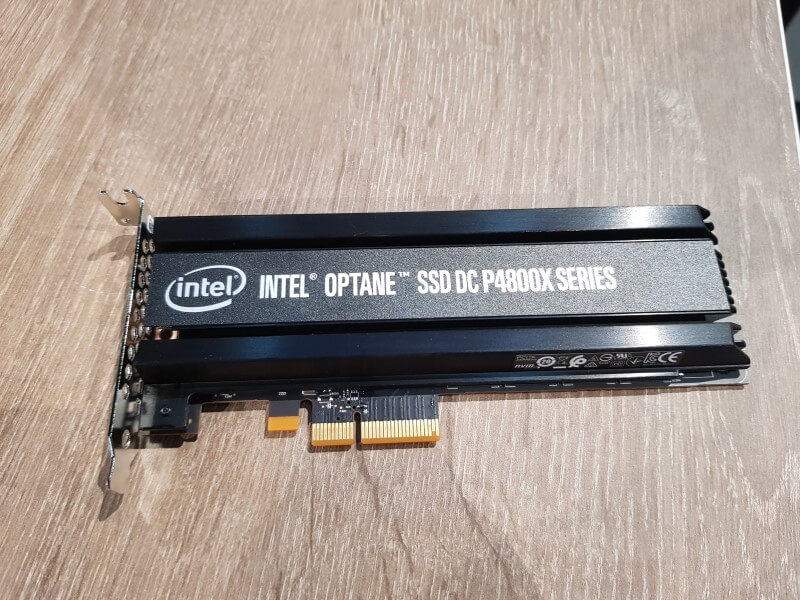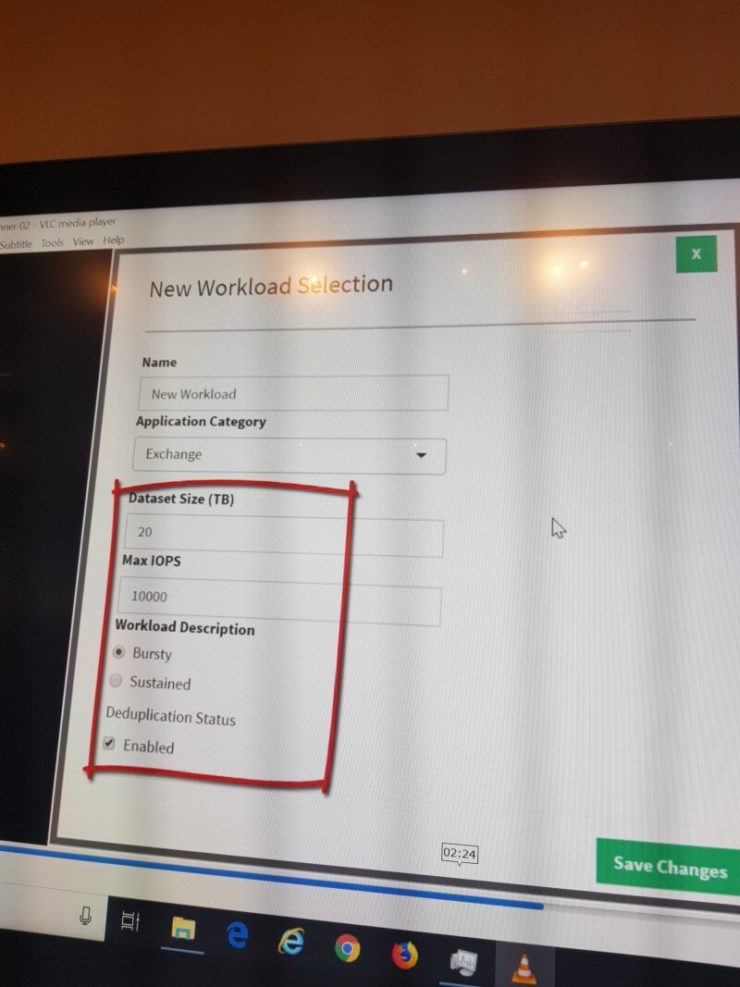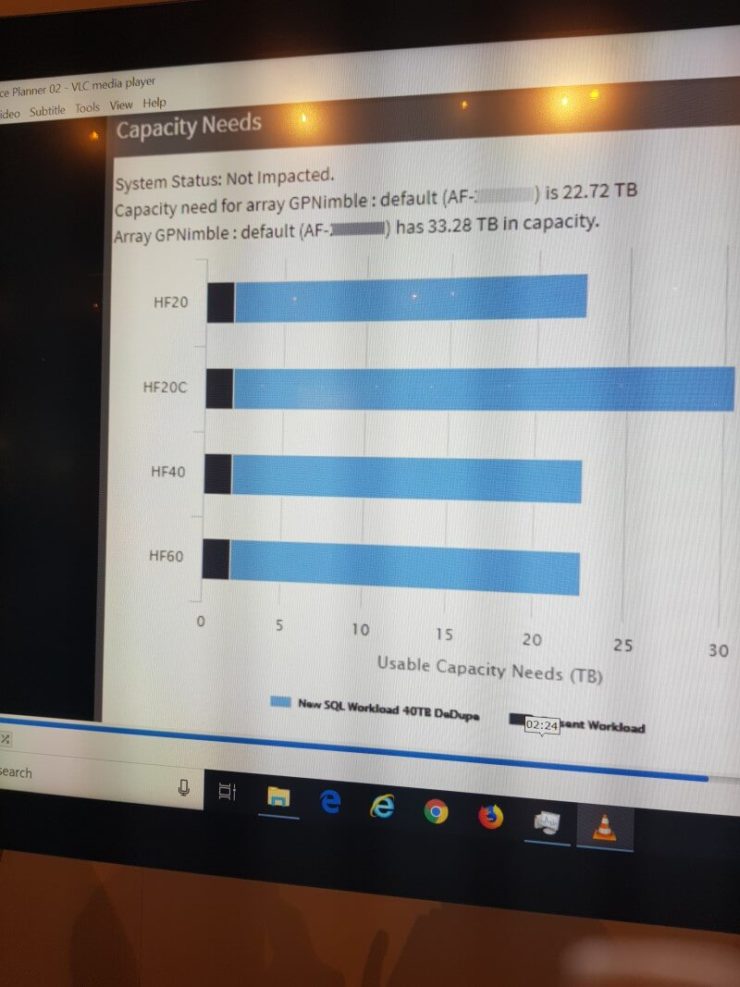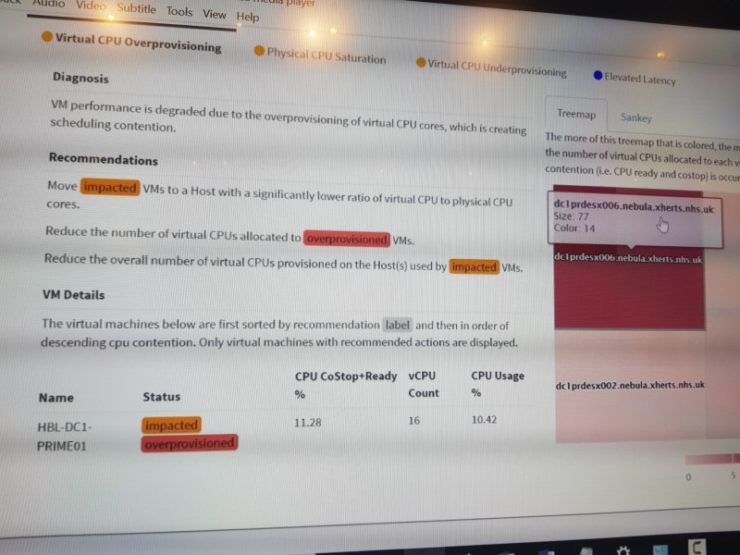IT Conference season is almost upon us but this time with a difference in that they have gone online. HPE Discover Virtual is about to kick off in a couple off weeks and an advantage over the physical show is that its free. HPE have shared their storage news before the show, the news focuses on the SAN systems Nimble and Primera.
Primera

Peer Persistence and Replication
Peer Persistence was always a popular feature with 3PAR and one of most read posts on my blog. With good reason, it gave you a Metro cluster for increased availability and flexibility across data centres. HPE are now announcing Peer Persistence is coming to Primera. I am waiting to see a demo but HPE advise it is is easy to setup and will be included free with Primera. Replication capabilities are also enhanced with near-instant asynchronous replication over extended distances, this allows an RPO down to one minute.
Hardware
In terms of hardware Primera is now capable of supporting all NVMe drives.
AI
To ensure optimum performance Primera uses machine learning gathered both locally and from the entire install base to make resource allocation decisions .
Nimble
Nimble has been able to look inside your VMware environment for some time and make performance recommendations with it’s cross-stack analytics. That feature is now also available to those using Hyper-V. You can take a look at how this looked for VMware uses to get a feel for how this will function.
Nimble data management features also get an upgrade with the addition of replication to a 3rd site. The third site could for example be another Nimble array in a DR site or potentially a cloud location by utilising HPE Cloud Volumes. We previously covered Cloud Volumes in detail if you want a refresher.
Nimble also gets a hardware boost by adding support for storage class memory. Storage class memory sits in between SSD and memory offering a blend of enhanced performance at a median cost point. This SCM can be used as it is in the Nimble systems to expand the capacity of cache, benefiting the performance by getting more cache hits and reducing the load on SSD’s
I will hopefully be able to bring you more details after the HPE Virtual event.
Further Info
Video summarising the announcements
Podcast of the announcements

